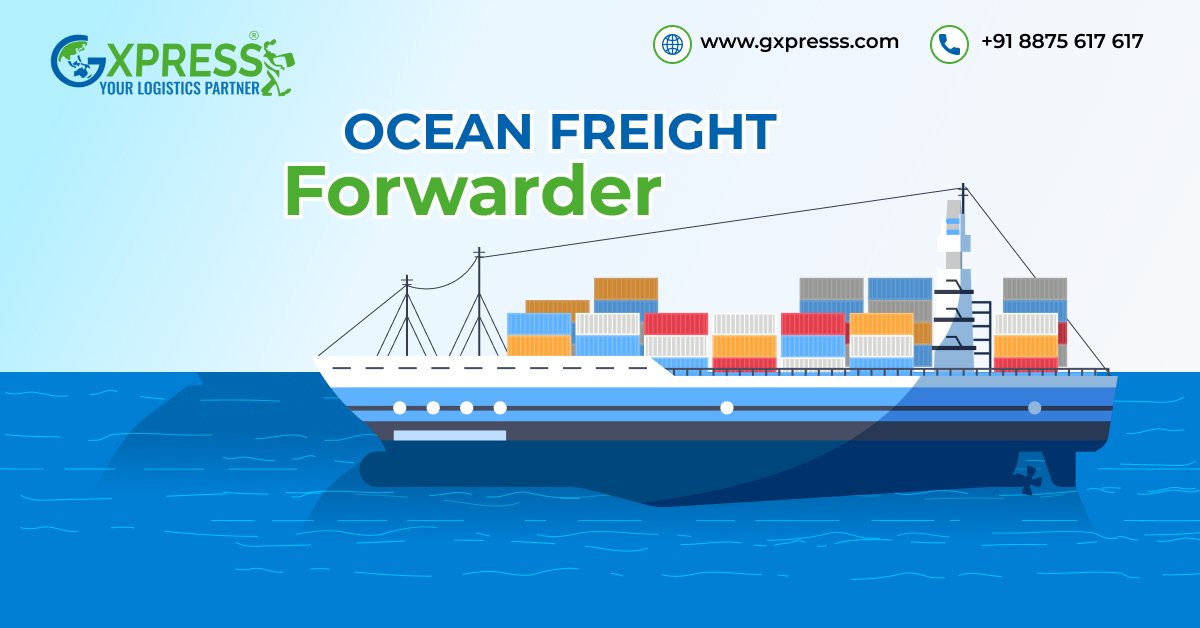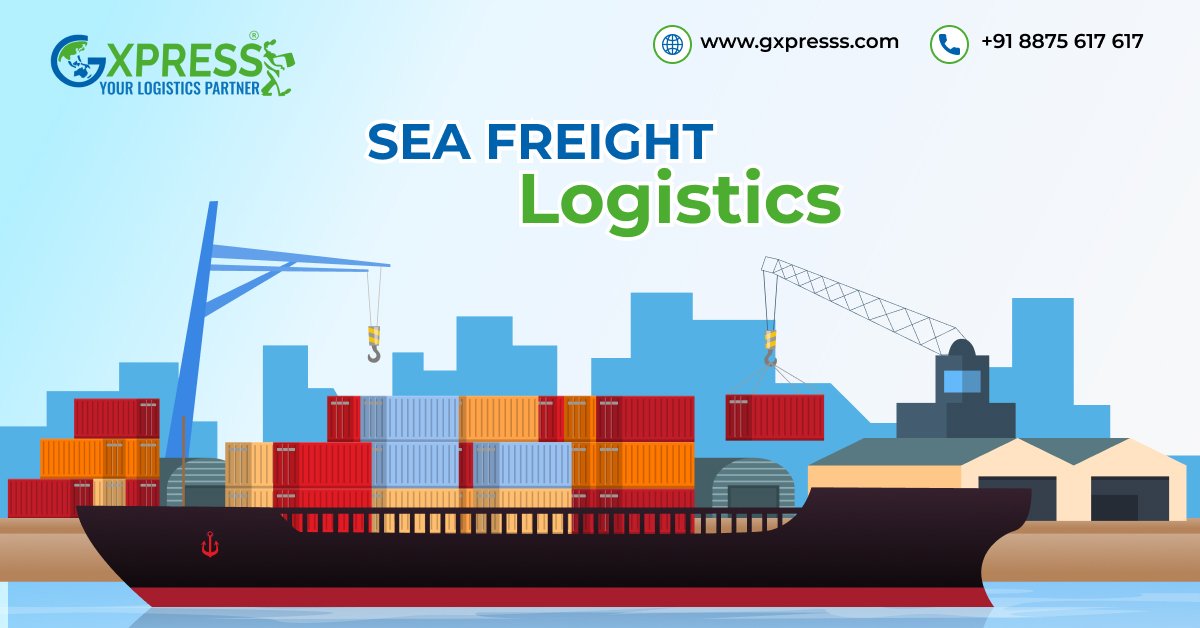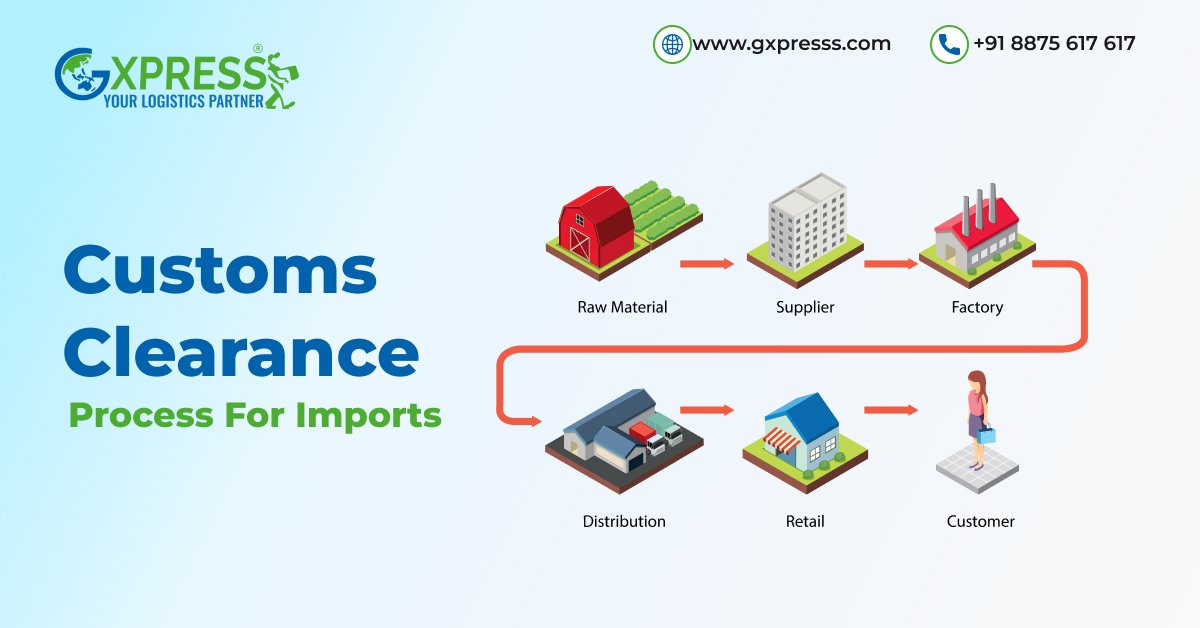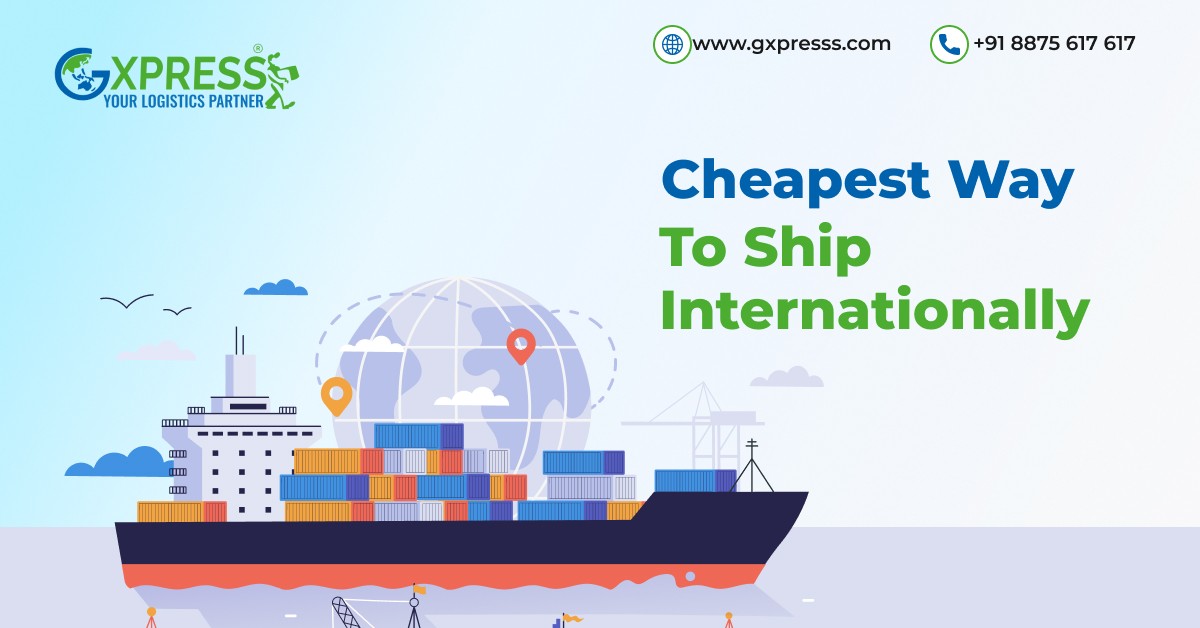August 18, 2025Freight8 min readBy Admin
Ocean Freight Basics: How Sea Shipping Works from Port to Port

Think back to being at a busy dock, seeing huge ships for ocean freight filled with lots of bright boxes move smoothly on the sea. Each box has things that folks like us will soon wear, eat, have, or give. It's a strong, quiet force that links our world, but often we don't think much about it.
This is the silent wonder of sea shipping. From small coffee beans to big car parts, the ocean is still our top road for world trade. This blog will show you how it all works.

Ocean Freight Meaning
Ocean freight means moving cargo via sea in big ships. These ships hold boxes (often the big 20-foot or 40-foot metal ones you see piled high at ports) full of things like tech or raw stuff. It is key for trade across countries, over 80% of goods sold around the world travel by sea. The size of this is hard to get. Think of long lines of boxes from Mumbai to Madrid, each with items used by people every day. The term "port to port" literally means from one port to another. Like Shanghai port, for example, to Rotterdam, even. All the steps that lie outside this transport (like transporting containers in trucks) are part of "inland logistics."Commonly Shipped Items By Sea Freight Logistics
It’s easy to assume ships mostly carry heavy machinery, but the list of what moves across oceans is surprisingly vast. Here are some of the most common items transported by sea freight:- Consumer goods like clothes, shoes, toys, and electronics
- Raw materials like umber, steel, cotton, and other things needed for manufacture
- Food products like grains, canned goods, frozen seafood, wine, and delicacies
- Automobiles or essential car components
- Chemicals, petroleum products, oil, and gas
- Furniture & home goods
How Does Ocean Freight Work?
Let’s walk through the life of a typical ocean shipment, step by step, like following a traveler from their hometown to a far-off land.1. Booking and planning
You will need to book space on the ship beforehand, kind of like a bus ticket. Depending on the quantity of your cargo, you can opt for LCL (less than container load).2. Container packing and transport to the port
Each container is carefully sealed, documented, and weighed. Trucks are used to move these containers to the ports.3. Customs clearance at origin
Before a shipment leaves the homeland, it must pass customs. This means all papers must be right, like commercial invoices, packing lists, your ocean freight HSN code, and export declarations. A customs staff looks at everything to make sure the rules are followed.4. Loading onto the vessel
At the dock, big boxes go onto ships with huge lifts. These big ships can carry lots of boxes, over 20,000 at one time.5. Sailing across the ocean
The ship sticks to specific routes. The time this trip takes can be from a few days to many weeks, based on how far and the weather. Teams keep an eye on where the ship is and how it's doing all the while.6. Reaching the port destination
When the ship gets to the new dock, the big boxes come off. The folks at the dock work out times to keep things moving smoothly, kind of like how planes are managed.7. Customs clearance at destination
Customs depend on ongoing rates of taxes and fees, and make sure that what is said to be in the boxes is true.8. Pickup and final delivery
Once all is okay, boxes go onto trucks (or trains at times) and go to the buyer's location. At last, items come out, get sorted, and are sent to shops or right to the people who buy them.Advantages of Port to Port Ocean Freight Logistics
Why do businesses keep relying on ocean freight, despite it taking longer than air freight? Here’s why:1. Cost-effectiveness
Shipping by sea is generally far cheaper than by air, especially for bulky or heavy items. Moving a 20-foot container by ocean might cost a fraction of flying the same goods.2. Large volume capacity
No other mode of transport comes close to the sheer volume a cargo ship can carry. Whether it’s thousands of pallets of bottled water or heavy mining equipment, sea freight handles it with ease.3. Lower environmental footprint per ton
While shipping does contribute to emissions, on a per-ton basis, it’s significantly more eco-friendly than air freight.4. Global connectivity
Ports exist in nearly every major coastal country, creating a truly global web. This accessibility means even remote businesses can reach international buyers and markets.
How The Right Ocean Freight Forwarder Can Help Your Business
The real difference a good ocean freight forwarder like Gxpress makes:- Expert navigation of customs
- Finding the best shipping routes & rates
- Handling complex shipments
- End-to-end visibility
Conclusion
From a small tea shop in Chennai to a family-owned restaurant in Portugal, ocean freight links hopes to folks all over the globe. It's not just big metal boxes on water: it's ways of life, arts, and tales moving quietly under the sea. Knowing the simple ways sea shipping from port to port works can give your work the power to find new lands with sure steps. With smart plans, good freight friends, and some waiting for the sea's ways, you’ll see that the world isn't so big, it's just a few ports away. If you run a business and think about diving into world shipping, begin by talking to a skilled sea cargo shipper. They will lead you through this huge, fun world, one box at a time.Frequently Asked Questions
Q1. What is the port to port process?
Port to port means moving goods by sea from one port where it starts to the port where it ends. It only deals with the sea part; the steps before (like getting goods from a place) and after (like taking them to a buyer) are not part of it. It's about the sea trip from one port to the next.Q2. How does sea shipping work?
Sea freight moves by putting goods in large boxes, taking them to a port, putting them on big ships, sailing over seas, and then taking them off at the port where they need to go. The steps include booking space on a ship, doing customs at both ports, and then moving the boxes to where they are needed.Q3. How do sea ports work?
Seaports are spots that handle putting goods on and off ships. They use big cranes to lift boxes between ships and land trucks or rails. Ports also have customs areas, storage houses, and security checks to make sure everything moves right and by the law.Q4. What is the bill of lading for port to port shipment?
A bill of lading is key in sea freight. It has three roles: a proof of the goods sent, a document of moving them between the sender and the carrier, and a document that lets the one receiving the goods claim them. Without it, goods can't be legally given out at the end port.Q5. What does FOB mean for shipping?
FOB (Free On Board) is a term used in global freight that shows who pays and who looks after the goods at different times. For example, with FOB Origin, the buyer takes charge once the goods are on the ship at the start port. It sets who deals with freight costs, risks, and insurance after that.Q6. What are the disadvantages of sea shipping?
Sea freight is cheap for big loads, but it has its bad sides: It's slower than flying goods (weeks versus days). Bad weather and busy ports can cause waits. There’s a chance goods could get ruined during long trips or in a storm. For emergencies, it's not the best choice.Share this article:



